BURLINGTON, ON. January 14, 2013 I have been watching and listening with a great deal of interest over the past few days to the ‘Idle No More’ movement that has erupted across Canada. There are many issues on the table, not the least of which is the desire by the people of the First Nations to be treated as Nations by the current Harper regime governing in Canada. In the midst of this activity – that had me thinking a lot about Canadian colonial history – I received a note from OurBurlington’s publisher, to remark on the recently announced winner of the Public Art Commission for the Burlington Performing Arts Centre. His note to me read, “Can you comment on this in your next column? Be fair, but be very direct as well”.
I read the attached press release. Peter Powning, from far-off New Brunswick, has won, with his design, Spiral Stela. Included in the City of Burlington’s press release was an open invitation to the public to add ‘objects of significance’ or “cultural mulch” to his sculpture. “The artist will make a mould of the object, which will then be cast in bronze and added to a large band that encircles the sculpture.” Three times and two locations were provided so the public can participate: Jan 31, 10-3 pm at the Central Library and 7 pm-9 pm at the Burlington Performing Arts Centre, and also February 3rd at the Burlington Arts Centre from 2-4 pm. The final session will include an artist lecture and ‘creating session’.
Well, here’s my opinion about all that. (Remember I’ve just been listening, watching and learning from the Idle No More movement … )
I agree to participate in the ‘cultural mulch’ ceremony that will ‘imprint’ objects of significance – presumably from Burlingtonians – onto this foreign object, for posterity. To that end, I will bring a swatch of plastic grass to commemorate the winter of 2009 when our City Elders sold out a piece of our irrefutably unique natural heritage, now known as City View Park in North Burlington, at Kerns Road and Dundas Street, to the Pan Am Games organization of Toronto.
The DESIGN for this largest parkland area in Burlington, supposedly protected under the Greenbelt Act and the Niagara Escarpment Commission, was transformed in the 11th hour by City staff and members of our previous – and current – City Council into a ‘sports tourism destination’ without any public consultation with immediate residents, or an Environmental Impact Assessment that analyzes how tons of plastic grass will impact this environmentally sensitive era. Thems the facts.
Initially conceived as a “recreational” diverse ‘natural’ parkland area for ALL to enjoy, this park has – and will – become a ‘member’s only’ fenced-in facility geared towards ‘tournament grade’ soccer. In short, WE, the tax-paying public, have lost OUR park, an important local natural heritage ROOT.
There MAY be an opportunity to regain this park after the Pan Am Games in 2015 when the toxic artificial turf carpets must, by law, go to a hazardous waste facility. (Plastic grass expires every 5-8 years. Two of the plastic carpets were laid in 2011. The ‘tournament’ field and flood-lit stadium will be installed in the fall of this year, or spring of 2014. So, somewhere around 2020, that toxic gunk will have to come out.)
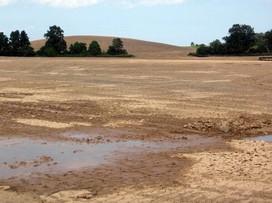
City View Park: Before plastic grass installation, this once-living landscape had to be scraped ‘clean’ and made pan-cake flat. Photo by Margaret Lindsay Holton.
At that time, it will be up to the NEW City Council to determine if taxpayers funds will be utilized to re-carpet this smothered ground again with million dollar plastic turf, OR, alternatively, whether they will finally have the good sense to rejuvenate this slowly dying eco-system with real growing grass, and, by so doing, provide an essential ‘natural habitat’ for animals (including humans), birds, insects and earth-churning worms. If so, they will also have the opportunity to remove the restrictive fences. This action alone would once again allow all forms of life to freely traverse across this unique open landscape. Living creatures could once again forage within this distinct portion of our section of the designated UNESCO Biosphere, known as the Niagara Escarpment.
Will they do it? Who knows.
Perhaps, years ahead, when Burlington has become the utopian Jersey Shore of the Golden Horseshoe, with electric light-rail transit zipping through the landscape powered by solar and geo-thermal energy, and the old-time ‘locals’ are long dead and buried, newly arrived residents will wonder aloud about the lunacy of previous City Elders who covered their ever-diminishing living-giving-breathing Earth with Life-defying plastic, especially in a ‘protected’ PARK. They may wonder why these turkeys so deliberately eliminated a vital and tangible connection to our communal Burlington natural heritage, the Niagara Escarpment. That is, of course, if they know how to wonder at all.
It is a very real possibility that this on-going eco-travesty will just be forgotten. Taxpayers will duly pay the exorbitant replacement costs for a PRIVATE ‘members-only’ tournament soccer facility in a PUBLIC park, and the wildlife that does still roam and roost throughout North Burlington’s escarpment terrain will just quietly die off … A dull robotic monoculture of humans will survive on imported genetically modified foods. Tax-enslaved workers will buy FRESH water from off-shore nations who did FIPA-like deals under Harper’s regime. Children will learn programming before they can speak. And ‘play’ itself will become a forgotten IDEA buried under intense competition to host tournament-sport ‘tourism’.
Still, I have hope.
On the first dawn of this New Year I looked out the frosted windows at the farm in North Burlington and watched as twelve robust wild turkeys emerged from a conifer stand and slowly began to forage across the snow-covered yard under the bright winter sun. It was a stately, near sacred, sight to see.
Where had they come from? Where were they going? And why did there seem to be so many?
I had to do some sleuthing.
Wild turkey was originally native to Ontario, but they disappeared at the turn of the last century due to rapid colonization, habitat destruction and unregulated hunting by settlers. In brief, we killed off the species.
 But, in the mid 1980’s wild turkeys were re-introduced at 38 different release locations in southern Ontario through a program to “restore our natural heritage, provide fowl for hunting and viewing recreation, and derive economic benefits.” (Ministry of Natural Resources). Begun in 1984, the Ontario Federation of Anglers and Hunters, in partnership with the National Wild Turkey Federation and the Ontario Ministry of Natural Resources, launched a reintroduction program that began with just 274 birds.
But, in the mid 1980’s wild turkeys were re-introduced at 38 different release locations in southern Ontario through a program to “restore our natural heritage, provide fowl for hunting and viewing recreation, and derive economic benefits.” (Ministry of Natural Resources). Begun in 1984, the Ontario Federation of Anglers and Hunters, in partnership with the National Wild Turkey Federation and the Ontario Ministry of Natural Resources, launched a reintroduction program that began with just 274 birds.
Stock from the wild turkey populations of New York, Michigan, Nebraska and Tennessee were often ‘swapped’ for wildlife species from this province: moose for Michigan, river otters to Missouri and Nebraska, and gray partridge to New York state. Today, wild turkeys have adapted to our agricultural farmlands totaling somewhere between 60 to 80,000 wild birds.
Turkey hunting season officially began in 1987, and was initially restricted to a spring hunt. But in 2009, a fall hunt was introduced. Only bearded toms, (mature male turkeys), are allowed to be harvested. ‘Turkey season’, (April 25th, after the peak breeding season, until the end of May), has now been established in most rural areas in Ontario. This hunt is also open to hunters from outside the province.
Wild turkeys are known as promiscuous breeders. Most individual adult males will mate with multiple females. Hens lay a clutch of 10-12 eggs during a two-week period, usually laying one egg per day. Young males are commonly called ‘jakes’ and young females are ‘jennies’. They consume a wide variety of wild foods, including hard mast (acorns, seeds), soft mast (wild grapes, raspberries), green vegetation, and insects. In areas where natural habitats have been replaced by agriculture, turkeys may also feed on domestic grains, like corn, buckwheat, alfalfa and/or soybean. Young turkeys (poults) feed almost exclusively on insects for the first several weeks of life. Insects provide poults with the high-protein diet that they require for rapid growth. A 2-3 week old turkey can eat several thousand insects a day. As you can see, wild turkeys, like all wild critters, need a diversified living habitat in order to survive.
Other predators, besides humans, such as coyote and raccoon, are capable of snatching young turkeys, but most are no match for a mature fighting tom. Wild turkeys can run up to 40 km per hour and fly as fast at 90 km per hour. They can cover over 20 miles per day in search of food. A male tom can be up to 4 feet tall (!), and weigh over 30 pounds. Females are, on average, about half that size. Wild turkeys have excellent vision during the day, but can hardly see at night. They roost high off the ground, usually in trees, at dusk. Conifers often provide thermal protection for roosting turkeys so they can conserve energy under extreme cold and windy conditions.
The sale of turkey licenses per annum contributes over $250,000 to wildlife management programs in Ontario. The annual spring and fall hunts generate economic activity for the province worth $2.3 million. (So says the Ministry of Natural Resources).
As of 1999, the use of live decoys, electronic calls and baiting for the purpose of hunting wild turkeys was prohibited. Finally, only a landowner, with a valid firearm license, may shoot wild turkeys that are damaging or about to damage their property.
Can wild turkeys hurt you? Any wild animal when cornered or harassed may attack. So, if concerned, call in an expert. Note, only a registered turkey hunter or landowner (with a valid firearm license) can shoot wild turkeys.
All in all, the reintroduction of wild turkey in this province has been a success. Wild turkeys are thriving once again in Halton County in rural North Burlington. Due to human initiative and determination, this formerly extinct species has re-established a solid toe-hold in this, our home and native land. Their reintroduction has, as promised, added to the natural heritage of Ontario. The growing populations are providing viewing as well as hunting recreational activity and, as such, they are adding revenue to our economy.
If we, as humans, can do that over the short course of twenty odd years, surely we can a) improve our dialogue with Canada’s First Nations, and b) bring back City View Park to a ‘natural state’ for future generations.
I wonder what plastic grass looks like when it’s cast in bronze …
Margaret Lindsay Holton is both an environmentalist and a community activist. She is an artist of some renown and the designer of a typeface. She is also a photographer and the holder of opinions, which are her own, that she will share with you in an instant. She appears as an Our Burlington columnist every two weeks. All photographs are by MLH unless otherwise indicated.














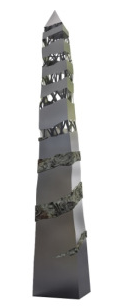
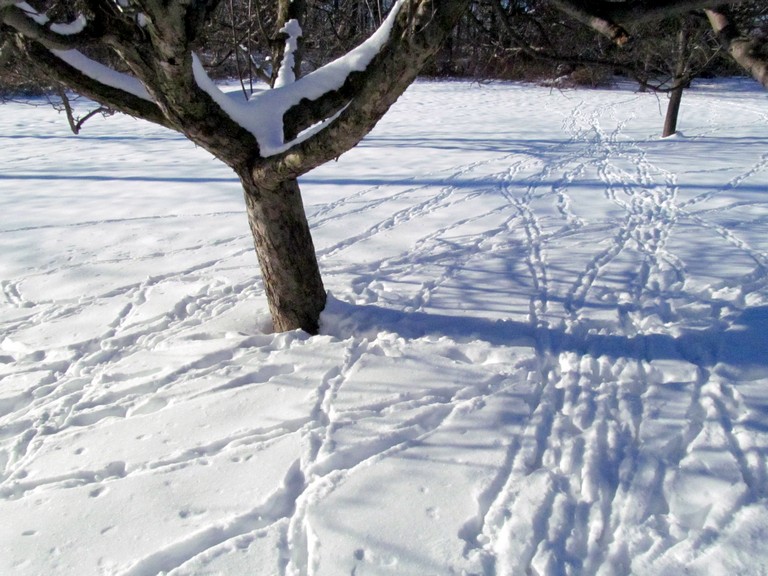
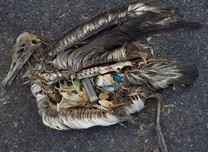
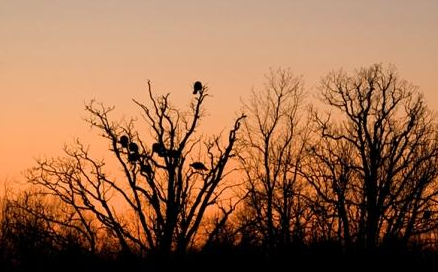
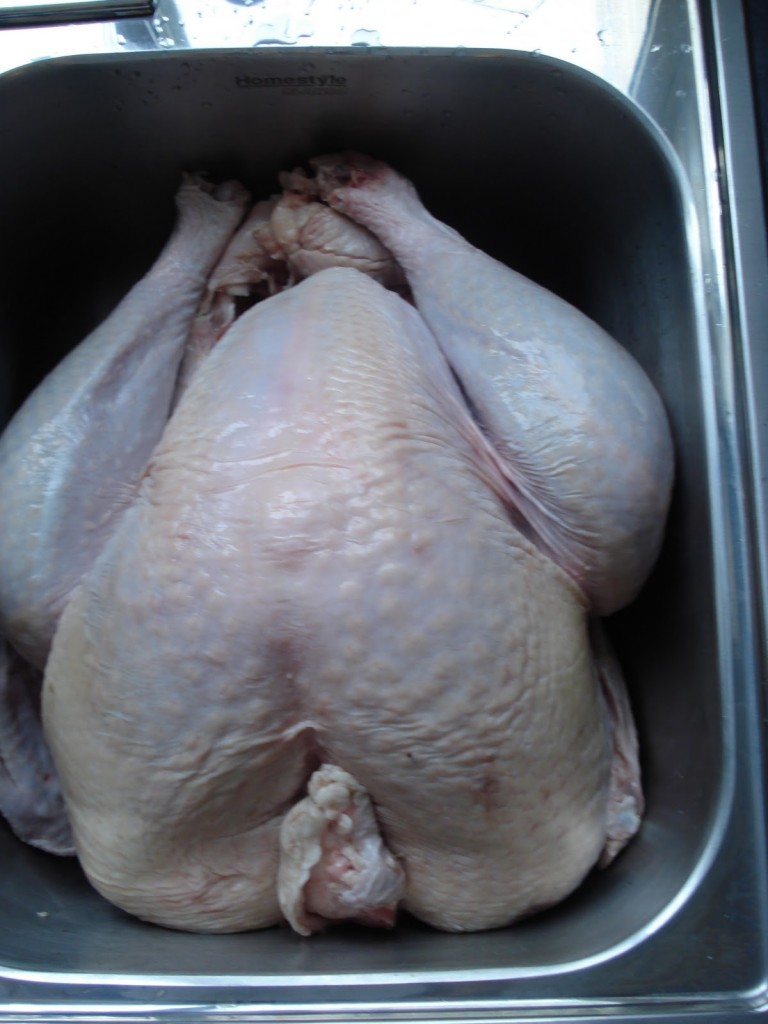






Sorry, goofed on the transcription of the locations for the public art contributions. Correct data here:
Central Library
2331 New Street, Holland Room Thursday, January 31 – 10 a.m. to 3 p.m.
Burlington Performing Arts Centre
440 Locust Street, Main Lobby – Thursday, January 31 – 7 to 9 p.m.
Burlington Art Centre
1333 Lakeshore Rd., Lakeshore Room – Sunday, February 3 – 2 to 4 p.m.